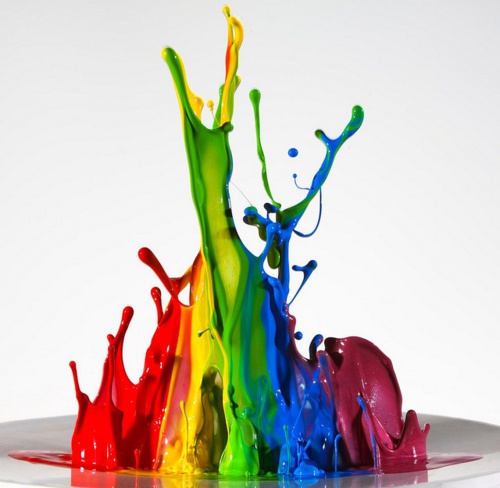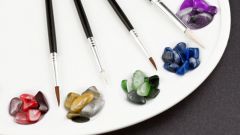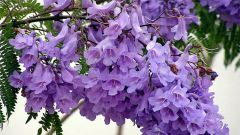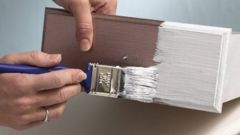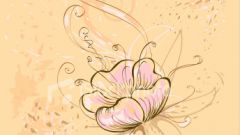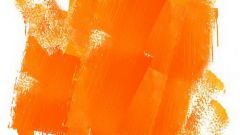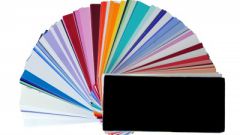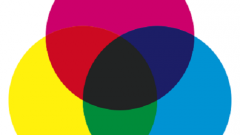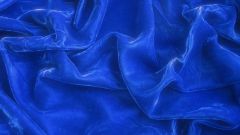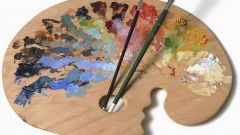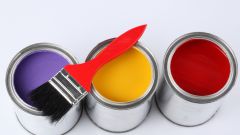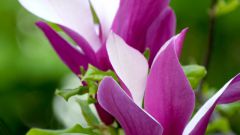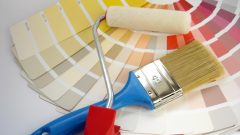Instruction
1
You can mix paint in different ways – in some cases it is better to mix the right amount of paint on the palette or on the canvas. If you use watercolors, mix paint directly on the paper – the transparent structure allows watercolors directly on the paper to create beautiful color transitions.
2
Mixing different shades of paint, consider how well they interact with each other. If you mix red cinnabar and white lead, after some time the paint will crack and beautiful pink hue will darken.
3
Also remember that you can mix yellow, blue and red paint with other shades to get a wide range of new colors. While these paint – yellow, red and blue can be obtained by mixing, as they are the basis of any scheme.
4
If you want to get green, mix equal amounts of yellow and blue paint. If you want to get more lighter or darker shades of green, begin to add the color more blue or more yellow. Try to mix only those colors that are close to each other in the color wheel in the opposite case, the mixed color will be eventful.
5
To get gray paint, mix white and black paint in the right proportions. In the case of watercolor paint just dilute the black color water. In combination with white paper with diluted black paint will give any shade of gray.
6
The fewer colors you use in the picture, the more colorful it becomes. Keep in mind this rule is in the process of painting. Remember, any paint can be mixed together and which cannot, so that in the future the dried paint is not darkened or cracked due to chemical inconsistencies.
7
For some shades you can mix not just two, but three different paints. For example, to get purple, mix red and blue paint.
8
To obtain the orange color, mix red and yellow, to get brown, mix red and green; if you want to get an apricot shade – mix red, ochre and white. For green mix yellow with blue to terracotta orange with a brown to beige – brown, yellow and white.
